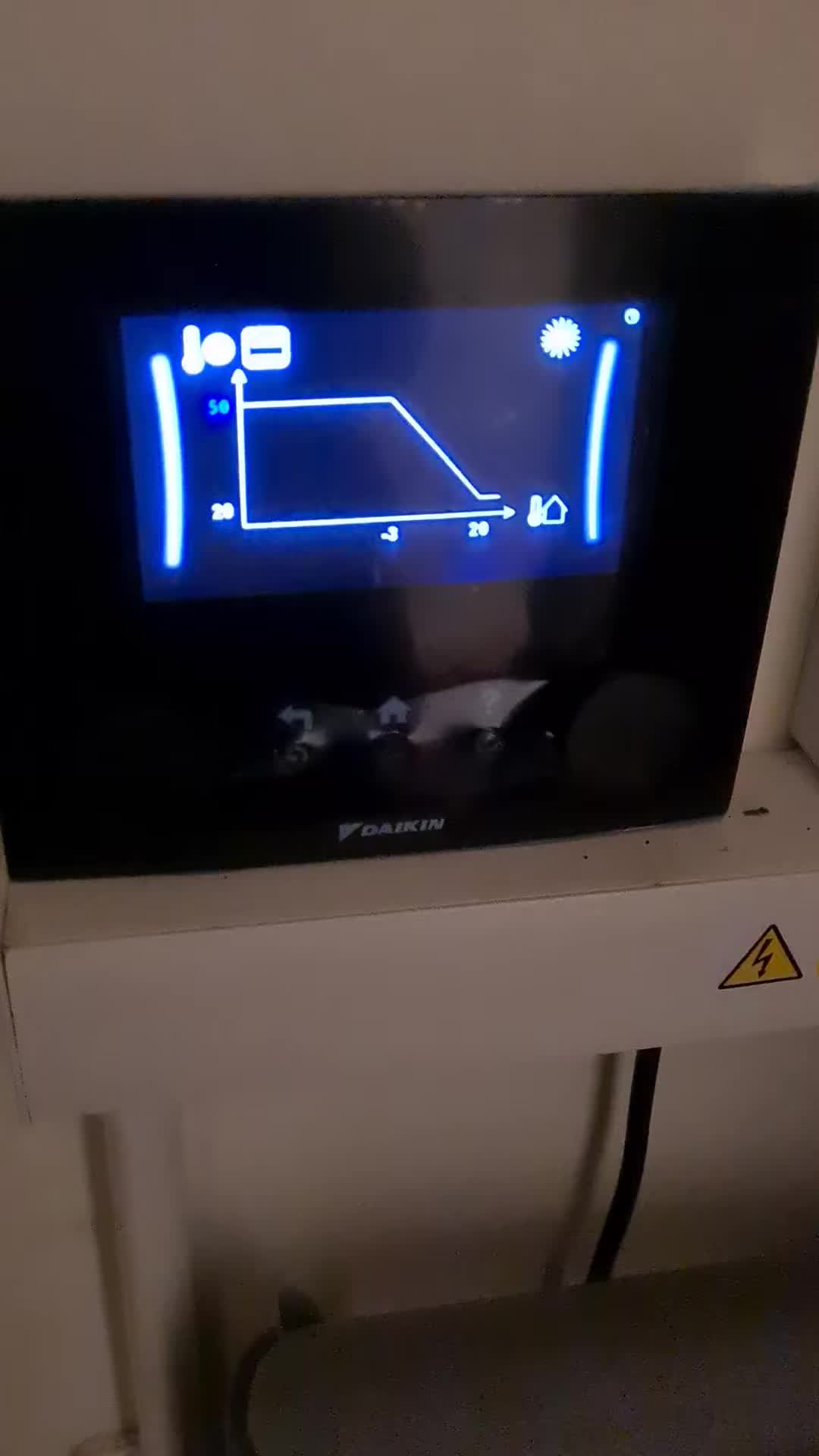Are you struggling to keep your home warm enough with your Daikin Altherma 3 heat pump, especially during freezing temperatures? Many users find that the default settings don't always provide optimal heating performance in colder climates. This article will guide you through the process of mastering the Altherma 3's weather dependency curve, a crucial setting that directly impacts your heating efficiency and comfort levels. We'll show you how to access and adjust this setting to ensure your home stays warm and cozy, even in the most extreme cold.This step-by-step tutorial will walk you through adjusting the flow temperature based on the outdoor temperature, a critical aspect often overlooked. We'll explain the graphical representation of the weather curve and provide practical tips for finding the optimal settings for your specific location and climate. While flow rate also plays a significant role, this article focuses on mastering the weather curve; we'll address flow rate in a future piece. Prepare to unlock the full potential of your Daikin Altherma 3 heat pump and achieve superior heating performance this winter.
Read more: Nuwave PIC Titanium Induction Cooktop Review: A Mixed Bag of Features
Troubleshooting Heating Issues with My Daikin Altherma 3
My Daikin Altherma 3 heat pump, installed by Octopus Energy, wasn't keeping my house warm enough during cold weather. Temperatures below freezing were a particular problem; the house struggled to maintain a comfortable temperature.

I initially suspected a malfunction, but after some investigation, I realized the issue might be related to the heat pump's weather curve settings. This curve adjusts the flow temperature based on the outdoor temperature, ensuring efficient heating in various conditions.

Accessing and Understanding the Weather Dependency Curve
To access the weather curve settings, you need the installer password (usually 5678). Navigate to the main zone settings, then select the heating weather dependency curve. This allows you to adjust the flow temperature for various outdoor temperatures.

The curve is represented graphically. The left-hand side shows the flow temperatures, while the bottom line shows corresponding outdoor temperatures. The goal is to optimize the flow temperature to suit the outside conditions for maximum efficiency.

Adjusting the Weather Curve for Optimal Performance
My initial setting was a 50° flow temperature at -3°C outside. This worked well in my location, which can get extremely cold. You can adjust the parameters using the left and right-hand buttons on the screen.

Remember to consider your flow rate as well. This will be the topic of another video. Experiment to find the setting that maintains a comfortable temperature in your home without unnecessarily increasing energy consumption. Different locations and climates may require different settings.

Conclusion: Optimizing Your Daikin Altherma 3
By carefully adjusting the weather dependency curve on your Daikin Altherma 3 heat pump, you can significantly improve its heating performance and efficiency. This allows you to maintain comfortable indoor temperatures even in extreme cold.

Remember to consider your specific location and climate when adjusting the settings. Experimentation and observation are key to finding the optimal configuration for your home. Don't forget to also check your flow rate for further optimization!

